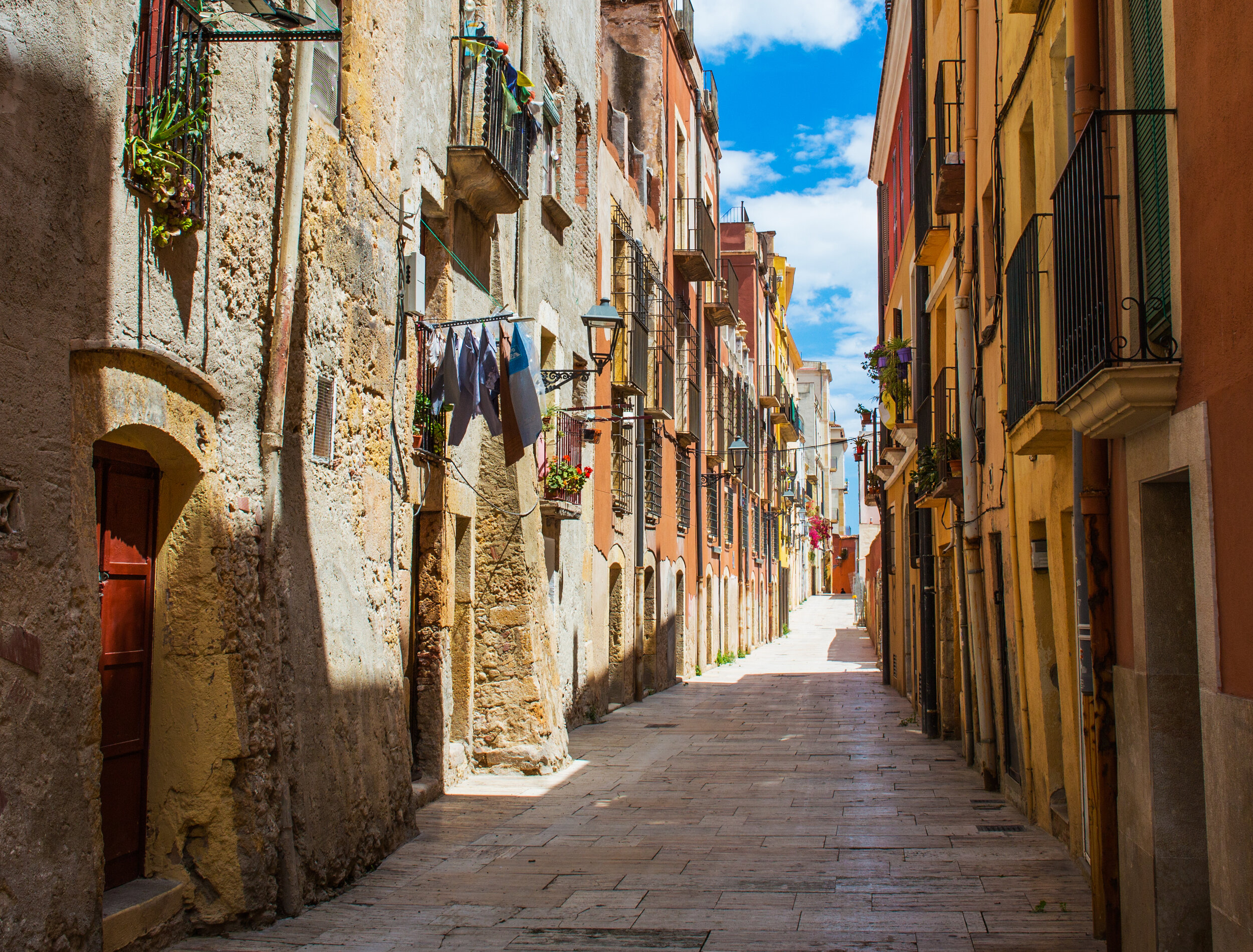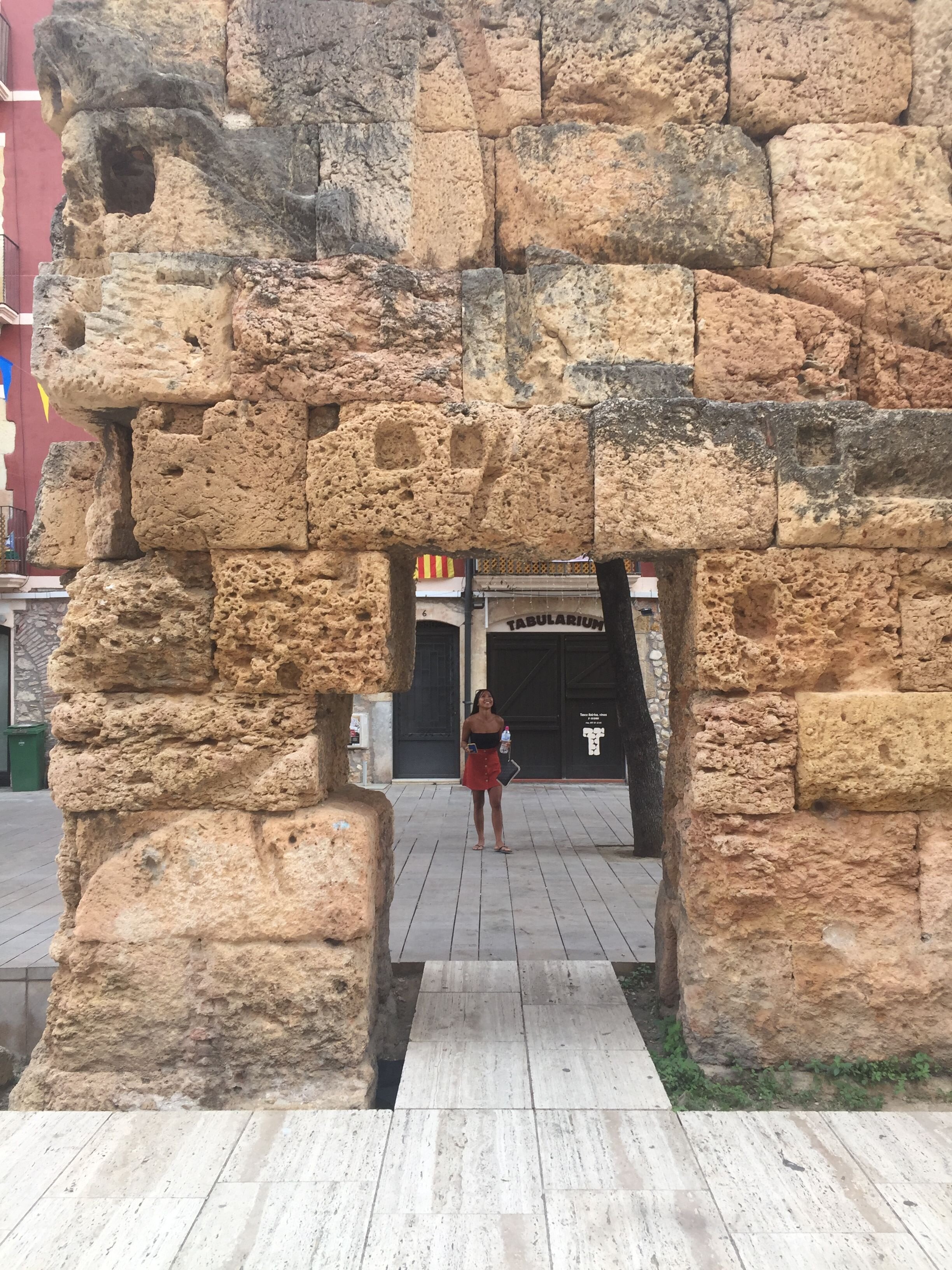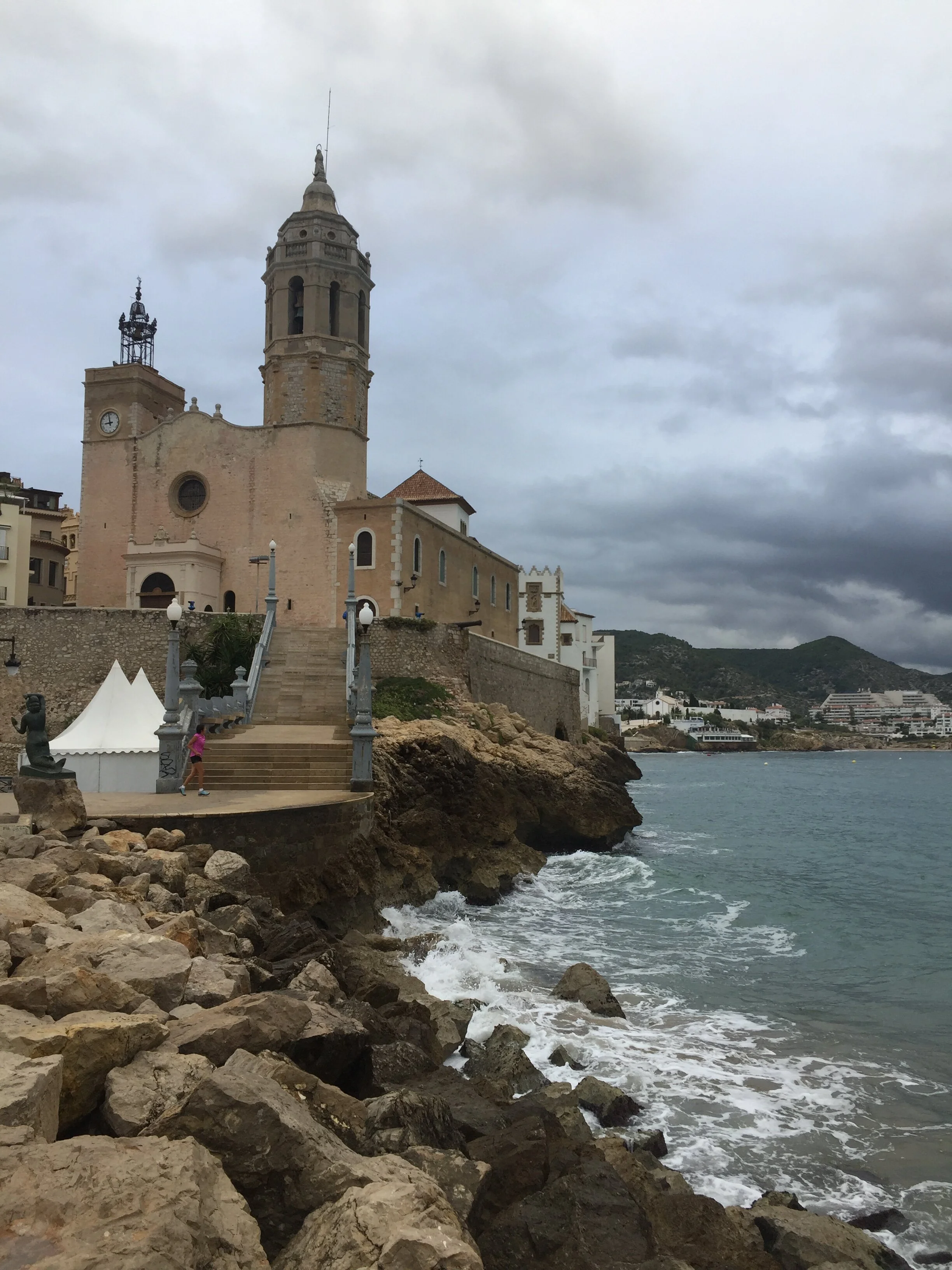The Ancient Roman City of Tarragona
Tarragona, Spain
About Tarragona, Catalonia, Spain
Tarragona, Spain is the perfect destination for history fanatics such as myself and really for anybody looking to find beautiful sights around every corner. Tarragona’s history goes so far back that the actual founding date is still unknown, though there is a theory that the city goes back to at least 2407 BC to the times of an Ethiopian Pharoah named Tearcon, who ruled over parts of Spain. Other theories point to the Phoenicians as the founders of this great city. There is one thing that is for sure and that is Tarragona has a deeply rich and mysterious historical past, which only adds to the excitement and intrigue of this place. With so many things to do and historical sites to explore Tarragona is a must-see during your Spain vacation.
Enjoy this article Exploring the Ancient Roman City of Tarragona, Spain
How to Get to Tarragona
Map of Tarragona
Some of the streets in the old part of Tarragona are off-limits to cars, most likely due to their narrowness and possibly to help preserve them. Whatever the reason, it really makes for an amazing walk through town when you don’t have to worry about traffic. Discover the charm and history of of the city with a Free Walking Tour Tarragona. Immerse yourself in the ancient Roman ruins, stroll along the medieval streets, and soak in the Mediterranean atmosphere. Join us as we explore the landmarks and hidden gems that make Tarragona a true gem of Catalonia.
Tarragona, Spain
Signs of structures that were once possibly works of art are abundant in the streets of Tarragona and you can see that more recent structures had been built on top of the ancient ones. Who knows what kind of historical finds could lay underneath the newer constructions?
Tarragona, Spain
Exposed materials reveal the techniques of the ancient builders who were responsible for these houses. It appears as if they used a combination of bricks, rock, and what looks like coral.
Tarragona, Spain
Tarragona, Spain
Where to Eat in Tarragona
Prices in Spain can be quite expensive, especially if you frequent the more touristy areas, so finding reasonable restaurants can be tricky and you must wander off the beaten path to get a cheap meal. I suggest you head down some of the back streets in Tarragona away from the popular areas, where you will be able to eat for really reasonable prices. We ended up getting a good breakfast for next to nothing just by wandering a bit and finding where the locals were eating.
Tarragona, Spain
Tarragona, Spain
Torre del Pretorio
One of the many historical sites in Tarragona is called Torre del Pretorio, which was essentially a circus in ancient times and was once used to hold horse and chariot races. Its original capacity was around 30,000 spectators. The construction of the site dates back to the 1st century AD and by the 12th century, it was being used as a palace for the Crown of Aragon, and then it was used as a prison. Nowadays it is a museum, but unfortunately on the day we visited it was closed, so we only got to wander around the outside of the structure. Torre del Pretorio is one of the best-preserved ancient circus sites in the world.
Tarragona, Spain
About Catalonia
The Senyera, which is the flag of Catalonia, hangs throughout the city displaying the coat of arms for the Kingdom of Aragon as well as representing Catalan pride. For those that don’t know, Catalonia is an autonomous community, which to the best of my knowledge is essentially a self-governing body existing within the country of Spain. The Catalan people have a language that is distinctly different from Spanish and there is a strong, but a controversial movement that involves some of the Catalan people wishing to split from Spain to become a sovereign nation once again. Catalan people are proud of their heritage and want to preserve some of their culture, but separation from Spain may come at a cost. I found this to be a bit of a touchy subject while chatting with my taxi driver, who was of Spanish descent. My opinion truly doesn’t matter in the grand scheme of things, but I can take a step back and view the situation through unbiased eyes and see the Catalan people on one side, trying to hold on to what’s left of their diluted culture and the Spanish on the other side, who want to keep the country intact for the sake of the economy.
Tarragona, Spain
Tarragona, Spain
Tarragona Cathedral
The Tarragona Cathedral is another must-see attraction within this wonderful city. The church you see today is an architectural masterpiece from the 11th century. This marvelous building is incredibly detailed with intricately carved statues covering its facade. Just like much of Tarragona the site where the current cathedral stands are also shrouded in mystery and its original date is still undetermined. During a routine renovation of the cathedral a few years back, workers uncovered a temple dedicated to the Roman emperor Augustus under the nave of the church, thus pushing back the dates of this site much further than originally thought.
Tarragona, Spain
Next to the cathedral are some very old Roman buildings that are now re-purposed as a restaurant and a souvenir shop. It’s not very often you get to eat in a restaurant where the building is thousands of years old.
Tarragona, Spain
Tarragona, Spain
Tarragona, Spain
Where to Stay in Tarragona
Tarragona is situated along the gorgeous Mediterranean Sea, where the beaches are amazing and the weather is near perfect year-round. I would suggest spending a couple of days or more in Tarragona to really see everything. Resorts and hotels are everywhere, so finding good accommodations on your vacation shouldn’t be too hard. As a general money-saving technique I always recommend checking out VRBO for local rentals. We decided to stay in a little town south of Tarragona called Salou, which was about 20 minutes away from the city.
Tarragona, Spain
Tarragona Amphitheater
Last, but definitely not least is the Tarragona Amphitheater, dating back to the 1st century AD. Amphitheaters were essentially ancient stadiums, where locals came to watch gladiators fight each other to the death or they would even fight large predatory animals as well. The Amphitheater was also closed when we went, but you can do some fantastic photography from the road that overlooks the ruins and the blue Mediterranean
Tarragona, Spain
Conclusion
Tarragona, Spain is an incredible piece of well-preserved history, that I would recommend to anyone planning to travel to this part of the world. I suggest grabbing a map of the old town and wandering around for a day or two exploring the sites. There is also a hop-on hop-off trolley that cruises around town as well and makes getting around really easy.
You can take a train from Barcelona to Tarragona which is around 1.5 hours. I must give a little warning about the pickpockets that run rampant throughout Spain, especially in train stations. We had a run-in with some pickpockets and my uncle who was traveling with us got his wallet stolen by some local thieves. They seemed to be friendly and they were well-dressed like they were heading off to work. They acted as if they were helping my uncle with the doors of the train while he struggled with his luggage, but that’s when they got him. Luckily he only had $10 Canadian dollars and some easily replaceable bank cards.

























